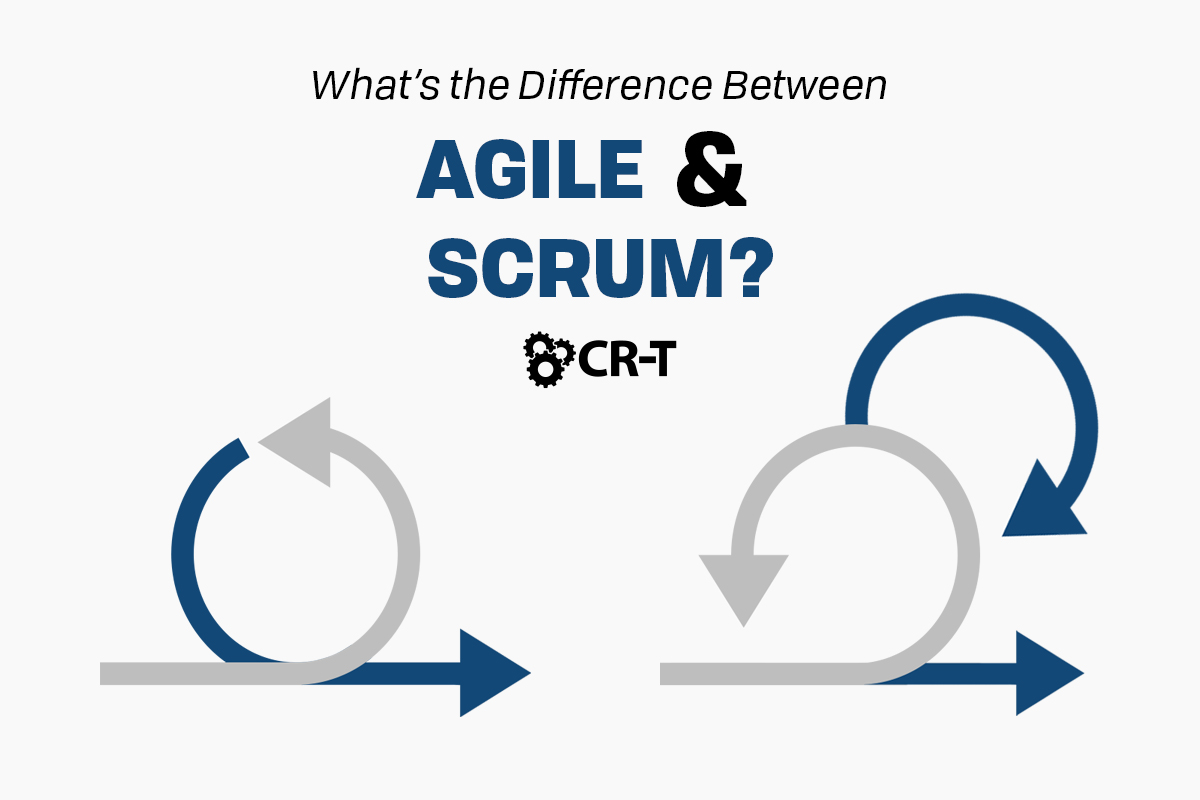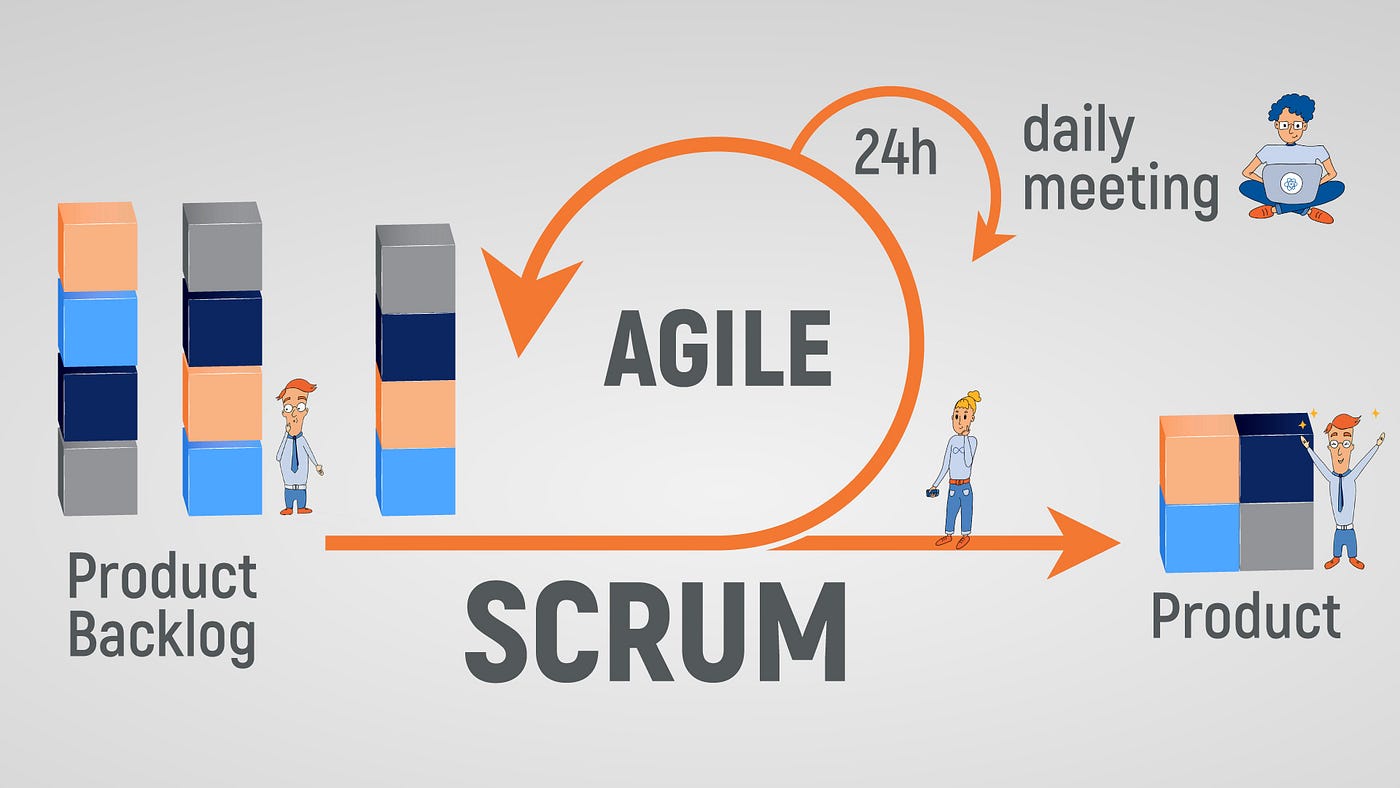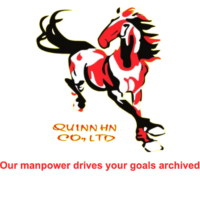

Unlocking Agile Project Success with the Scrum Model: A Comprehensive Guide by Quinn Vietnam Manpower
- trienkhaiweb
- 5 July, 2024
- 0 Comments
In the dynamic landscape of project management, the Scrum model has emerged as a powerful framework for achieving agility, efficiency, and exceptional results. From software development to complex projects across diverse industries, Scrum empowers teams to adapt, collaborate, and deliver value iteratively. This comprehensive guide by Quinn Vietnam Manpower will delve into the intricacies of the Scrum model, exploring its roles, principles, and steps for successful implementation.
I. Understanding the Scrum Model
What is the Scrum Model?
The Scrum model is a flexible and iterative approach to project management, designed to enhance team collaboration, responsiveness to change, and customer-centricity. While its roots lie in software development, Scrum’s versatility has led to its adoption across various sectors, from manufacturing to marketing and beyond.
At its core, Scrum divides projects into manageable units called sprints, typically lasting 1-4 weeks. Each sprint involves a focused effort to complete a set of predefined tasks, resulting in a usable increment of the final product. This iterative approach allows for continuous feedback, adaptation, and course correction, ensuring that the project remains aligned with evolving needs and goals.

Benefits of the Scrum Model
Implementing Scrum can bring a multitude of benefits to your projects and organization:
-
Adaptability: Scrum’s iterative nature allows teams to quickly pivot and respond to changes in requirements or market conditions. This agility ensures that projects remain relevant and valuable even as circumstances shift.
-
Enhanced Collaboration: Scrum fosters a collaborative environment where team members work closely together, sharing knowledge, expertise, and responsibilities. This cross-functional approach leads to improved problem-solving and innovation.
-
Transparency and Visibility: Regular meetings and progress updates provide stakeholders with a clear picture of the project’s status. This transparency helps build trust, manage expectations, and ensure everyone is aligned on goals and outcomes.
-
Increased Efficiency: By breaking down work into smaller, manageable sprints, Scrum helps teams focus on delivering value incrementally. This reduces waste, optimizes resource utilization, and accelerates time-to-market.
-
Customer-Centricity: Frequent feedback loops and continuous delivery ensure that the project remains focused on meeting customer needs and expectations. This customer-centric approach leads to higher satisfaction and loyalty.
II. Roles within the Scrum Framework
The Scrum model defines three primary roles, each with distinct responsibilities:
-
Product Owner: The product owner represents the voice of the customer and stakeholders. They define the project’s vision, prioritize features, and ensure that the team is working on the most valuable tasks.
-
Scrum Master: The scrum master acts as a servant leader, facilitating the team’s work, removing obstacles, and ensuring that the Scrum process is followed. They coach the team, foster collaboration, and promote continuous improvement.
-
Development Team: The development team is a cross-functional group of individuals who are responsible for delivering the project’s increments. They self-organize, plan their work, and collaborate to achieve sprint goals.

III. Steps to Build a Project with the Scrum Model
Implementing Scrum involves a series of well-defined steps:
-
Form the Scrum Team: Assemble a cross-functional team with the necessary skills and expertise. Ensure everyone understands their roles and responsibilities within the Scrum framework.
-
Create the Product Backlog: The product backlog is a prioritized list of features, enhancements, and bug fixes that need to be addressed. The product owner prioritizes the backlog based on business value and customer needs.
-
Sprint Planning: In each sprint, the team selects a set of items from the backlog to work on. They create a sprint goal, outlining what they aim to achieve during the sprint, and break down the work into smaller, manageable tasks.
-
Sprint Execution: The team works collaboratively to complete the sprint tasks, meeting daily for brief progress updates and to address any obstacles. The scrum master facilitates these meetings and ensures the team stays on track.
-
Sprint Review: At the end of the sprint, the team demonstrates the completed work to stakeholders and gathers feedback. The product owner evaluates the work against the sprint goal and makes adjustments to the backlog if needed.
-
Sprint Retrospective: The team reflects on the sprint, identifying what went well, what could be improved, and any lessons learned. This feedback is used to refine their processes and enhance their performance in future sprints.
Quinn Vietnam Manpower: Your Partner in Agile Project Success
At Quinn Vietnam Manpower, we recognize the transformative power of the Scrum model in driving project success. Our team of experienced project managers and scrum masters can help your organization adopt and implement Scrum effectively, tailoring it to your unique needs and goals.
We offer comprehensive training, coaching, and consulting services to empower your teams to embrace agility, collaboration, and continuous improvement. Whether you’re new to Scrum or looking to optimize your existing processes, Quinn Vietnam Manpower is your trusted partner in unlocking the full potential of agile project management.
Related articles
3 Communication Skills Every Manager Needs to Thrive
In today’s rapidly evolving business landscape, effective communication skills are more critical than ever for managers. Whether you’re a seasoned leader or newly promoted, honing your communication abilities can significantly impact your team’s performance, morale, and overall success. This article delves into three essential communication skills every manager needs to master in 2025 and highlights…
Harnessing the Power of Insights with Quinn Vietnam Manpower
In the dynamic landscape of 2025, where businesses face unprecedented challenges and opportunities, the ability to gain profound insights is more critical than ever. For project management (PM) in Vietnam, this rings especially true. Quinn Vietnam Manpower, a leading provider of manpower solutions, recognizes the crucial role of insights in driving project effectiveness and organizational…
Unlocking Team Potential: Why Leaders Should Speak Last in Meetings
In today’s dynamic business landscape, effective leadership is more crucial than ever. At Quinn Vietnam Manpower, we understand the importance of strong leadership in driving organizational success. One often overlooked leadership technique that can significantly impact team dynamics and productivity is the practice of speaking last in meetings. While it may seem counterintuitive, allowing your…
Unlocking the Power of AI for Manpower Solutions in 2025: A Guide for Business Leaders with Quinn Vietnam Manpower
The Rise of AI in Manpower Solutions Artificial intelligence (AI) is rapidly transforming the business landscape, and the manpower industry is no exception. Forward-thinking companies like Quinn Vietnam Manpower are leveraging AI to revolutionize how they connect businesses with top talent, optimize workforce management, and drive efficiency in an increasingly competitive market. Understanding the AI…
Unlocking the Power of Collaboration: Quinn Vietnam Manpower’s Guide to High-Performing Teams in 2025
Collaboration is the lifeblood of any successful organization in today’s fast-paced business environment. But effective collaboration isn’t just about putting people in a room together – it requires active participation, trust, and a willingness to break down traditional hierarchies. At Quinn Vietnam Manpower, we understand the critical role that teamwork plays in achieving organizational goals….
Optimizing Accounting Information Systems (AIS) for Success
In today’s rapidly evolving business landscape, having a robust and efficient accounting information system (AIS) is more critical than ever. An AIS is the backbone of any successful organization, enabling the seamless collection, storage, and analysis of financial data. This, in turn, empowers businesses to make informed decisions, maintain financial health, and ensure compliance with…







